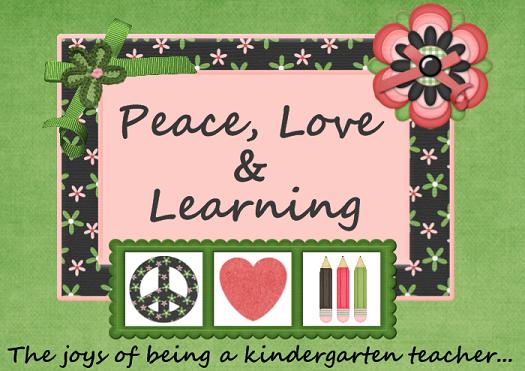I love when someone who doesn't spend a lot of time in kindergarten walks into my room and when they see what the kids are doing, their jaw drops open and they say something like, "I can't believe that kindergartners are subtracting/writing poetry/doing research." We do so much more in kindergarten than we did even a few years ago, and visitors are often surprised at how much we challenge our little guys. It sure ain't your Grandma's kindergarten anymore!
This happened to me a couple of weeks ago when we were in the middle of our nonfiction unit. One of the upper grade teachers in my school popped in and was amazed to see that the kids were doing independent research projects. I told her we were tackling the process in a "kindergarten friendly" way, which involves a few steps that I've tweaked over the past few years so that all of the kids can be successful. I thought I would share in case anyone is looking for a way to get started. This is what we did . . .
Step 1: Prep
I decided that we would just focus on animals, so I came up with three facts that I thought would be both interesting and easy to research. The kids were responsible for finding out what their animal looks like, what it eats and where it lives. I gathered a whole bunch of nonfiction animal books for the kids to choose from. (This took a little bit of time because I wanted to make sure that the books I picked had clear illustrations because many had text that was just not accessible to most of my beginning readers.) Then, I got the materials ready for the first day of research. I put three small stickies with icons for each fact on a sentence strip for each student. We were ready to go!
Step 2: Research
For each of the first three days, I focused my Readers' Workshop mini-lesson on looking for one of the chosen facts. Modeling with a big book, I showed the class how to find the information I was looking for and how to mark it with the matching sticky note. When I sent them off to get to work, they were so excited to find what they were looking for - we were official researchers!
Step 3: Note Taking
On each of the days that we did our research in Step 2, we carried over our project into our Writers' Workshop time. I gave the kids a tri-fold graphic organizer to write down the information they had collected that day. (I enlarged onto 12x18 construction paper so they had a big space to write in.) We discussed making illustrations true to life and the kids were encouraged to add details.
I love how this little researcher spelled "koalas" and "trees."
Step 4: Publishing
Once all of the research was done, we took all of the facts we'd learned and wrote nonfiction books about our animals. I simply provided a cover sheet and blank pages and the kids went to town. They did such a great job! Even my reluctant writers were excited to share their new knowledge. The kids were so proud of their finished books that we visited our 5th Grade Reading Buddies to show them off.
Our first Reading and Writing nonfiction units of study were a big success and the kids really have a firm grasp on how to read and write nonfiction books. If you'd like to give it a try, you can download the materials I used by clicking on the picture below. Happy Researching!


